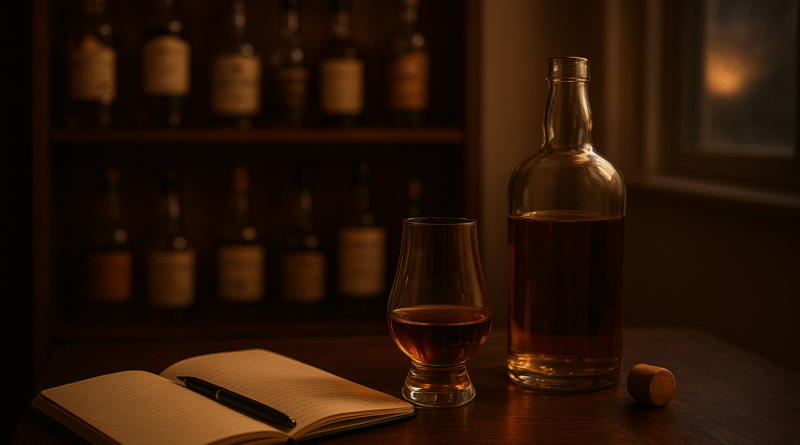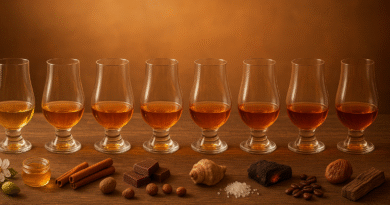How to Start a Whiskey Collection
Starting a whiskey collection is less about owning bottles and more about cultivating taste. It is a slow craft, something that grows with time, attention and curiosity. A good collection is personal. It mirrors the collector, not just in preference but in patience. It shows what you value, whether that is subtlety or strength, tradition or experimentation, the quiet or the bold.
The best place to begin is with intention. Ask yourself what kind of collector you want to be. Some chase age and rarity, others chase experience. Some keep bottles sealed, others open everything they buy. There is no right approach. What matters is that each bottle means something to you, whether it is a distillery you admire, a region you want to explore or a flavor that reminds you of a moment.
The journey starts with taste. Try whiskies from different places and styles, not to find the best but to discover what resonates with you. A smooth Irish whiskey might appeal for its easy warmth while a smoky Islay might awaken something completely different. Take notes when you taste, not only the flavors but the feelings they bring. That awareness becomes the foundation of your collection.
Once you begin to recognize your preferences, shape your collection around them. You might lean toward delicate floral notes or bold spicy ones. Maybe you find yourself drawn to the sweetness of sherry casks or the deep character of peat smoke. Building by taste rather than prestige makes your collection alive and evolving. It becomes a reflection of your palate rather than a display of names.
Whiskey rewards patience, and so does collecting it. There is no rush to fill your shelf. The best collections grow slowly. One bottle every month or two is enough. Over time you will start to notice how your choices connect, how one distillery leads to another, how a style you once overlooked begins to intrigue you. Let curiosity be your guide.
Storage matters too. Keep your bottles upright and out of direct sunlight. Room temperature is fine as long as it is consistent. If you are keeping them sealed, avoid damp places and make sure the corks do not dry out. Presentation can be simple. A small wooden shelf or cabinet is often more inviting than a locked display. A good collection should invite conversation, not hide it.
Part of the pleasure is in keeping a record. Write down where you found each bottle, what drew you to it and how it tasted when you opened it. Over the years that notebook becomes more than a log, it becomes a story of your own evolving taste.
And while collecting can easily turn into hunting, remember that whiskey is meant to be shared. Some of the best bottles only reach their potential when they are opened among friends. A collection is not diminished by opening a bottle, it is completed by it.
As your collection matures you will notice it start to take on a rhythm. Lighter whiskies for reflection, smoky ones for cool nights, richer ones for celebration. Each bottle plays a role. Each carries a memory. That is what makes a whiskey collection valuable, not the price tags or rarity but the meaning layered behind every cork.
The art of collecting whiskey is the art of time. You do not rush it, you do not chase it, you let it unfold. One bottle leads to another and before long you find yourself not just drinking whiskey but living alongside it, as if each glass is a small conversation with craft, history and your own evolving sense of taste.




